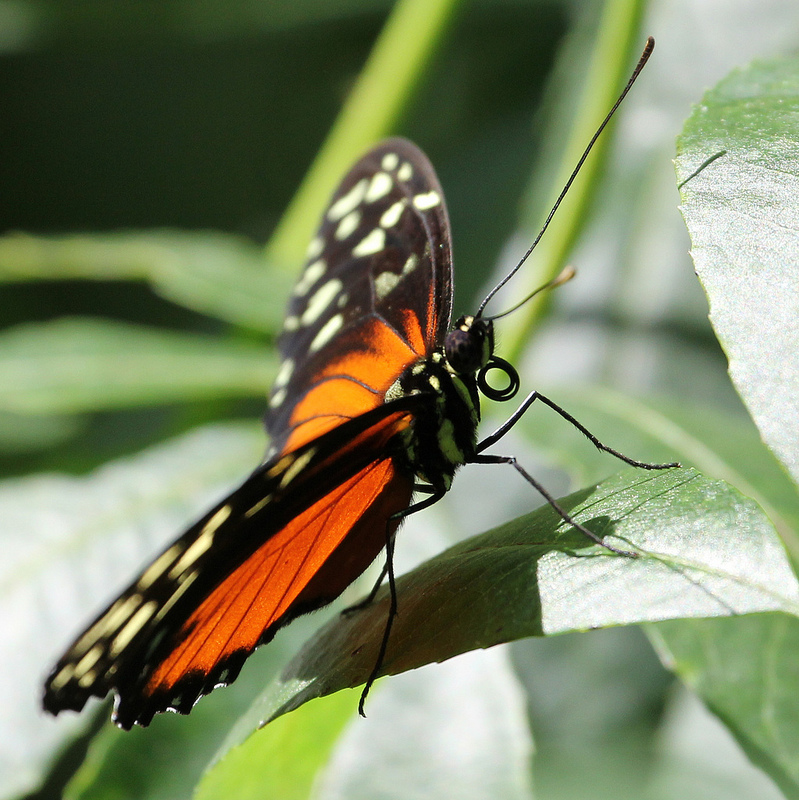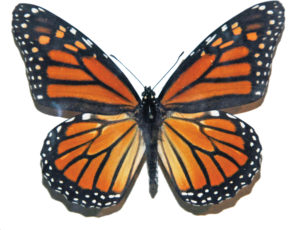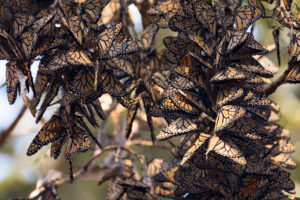Monarch butterflies are about half of last year’s numbers in the Bay Area, according to the invertebrate conservation group, Xerces Society. But that’s not saying all that much.
The distinguished migrators excited enthusiasts last January when they appeared in the thousands in a number of popular breeding sites. But it appears that 2012 was not the beginning of an upward trend in population.
“It’s not really clear what’s going on. Everybody hoped for a rebound but this year did not show that,” said monarch expert Mia Monroe of the Xerces Society.
Monroe coordinates population counts around the Bay Area. Reports showed that Ardenwood Historic Farm dropped from 3,666 last year to 1,700 this winter, while Albany Hill saw 2,100 last year and 50 this year, and the discovery of 605 butterflies on Yerba Buena Island and Treasure Island last year sunk to 32 individuals.
Monroe cautioned about reading too much into the statistics because it’s hard to take stock when the numbers are so low to begin with. A counter could have missed a cluster or two this year, or last year could have simply had better weather to do the counting. For example, Ardenwood had 25,000 butterflies in 1997.
“When you get a few more, it doesn’t mean it’s a lot. It’s just a tiny bit better. It’s a downward trend,” Monroe said. “Someone like me really steers away from trying to make too much of things when there isn’t much difference.”
Monarchs fly in from the Sierras each year to overwinter along the California coast and breed. Many of the historic overwintering sights have been plowed over for development, while the decline of native milkweed has removed the main food source of the butterfly larvae. At Natural Bridges State Beach near Santa Cruz, the number of butterflies gathering each winter dropped from an estimated 120,000 in 1997 to just 1,300 in 2009, according to the Xerces Society.
It’s unclear what would cause a sudden increase in 2011-2012 numbers, but we do know what butterflies tend to like, weather-wise. Mild winters without high winds or frost helps keep monarchs intact as they roost in trees. Cold snaps, like the one that recently hit the Bay Area, can be deadly. If a monarch falls to the ground and gets wet, it may not be able to fly back up to a tree and could freeze. That’s why good habitat is so important: a forest that has a good canopy for protection, and bigger trees to even out the temperature, and a ground cover that can act like a blanket.
“They come to these overwintering sites on the coast but many of them are not in the greatest shape,” said Monroe. “An ideal site protects them from the wind and rain, but most sites aren’t managed for that.”
Bettering the monarch’s habitat could go a long way toward helping the species, as well as planting abundant milkweed plants and avoiding the use of pesticides.
Alison Hawkes is the online editor of Bay Nature.





